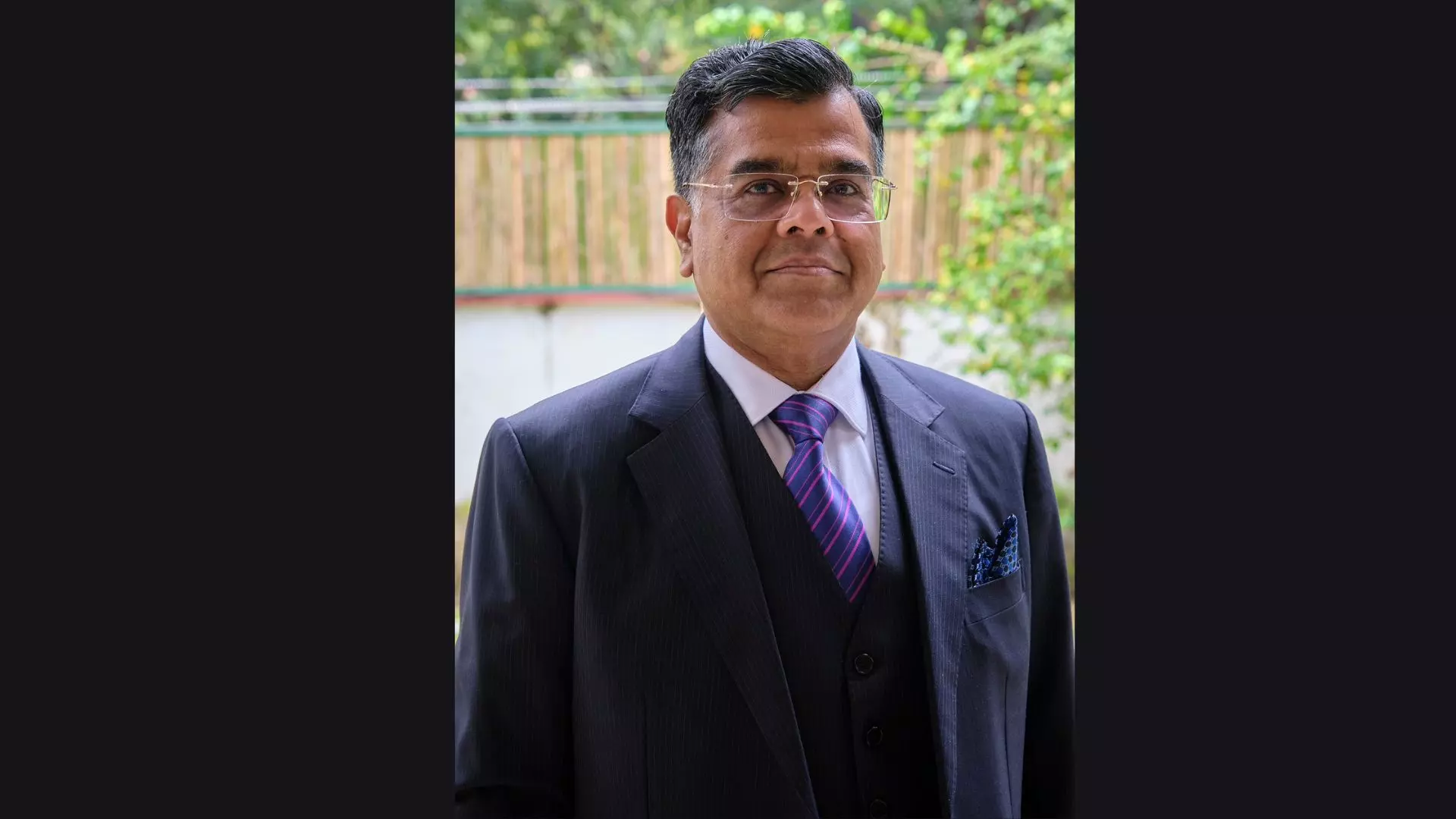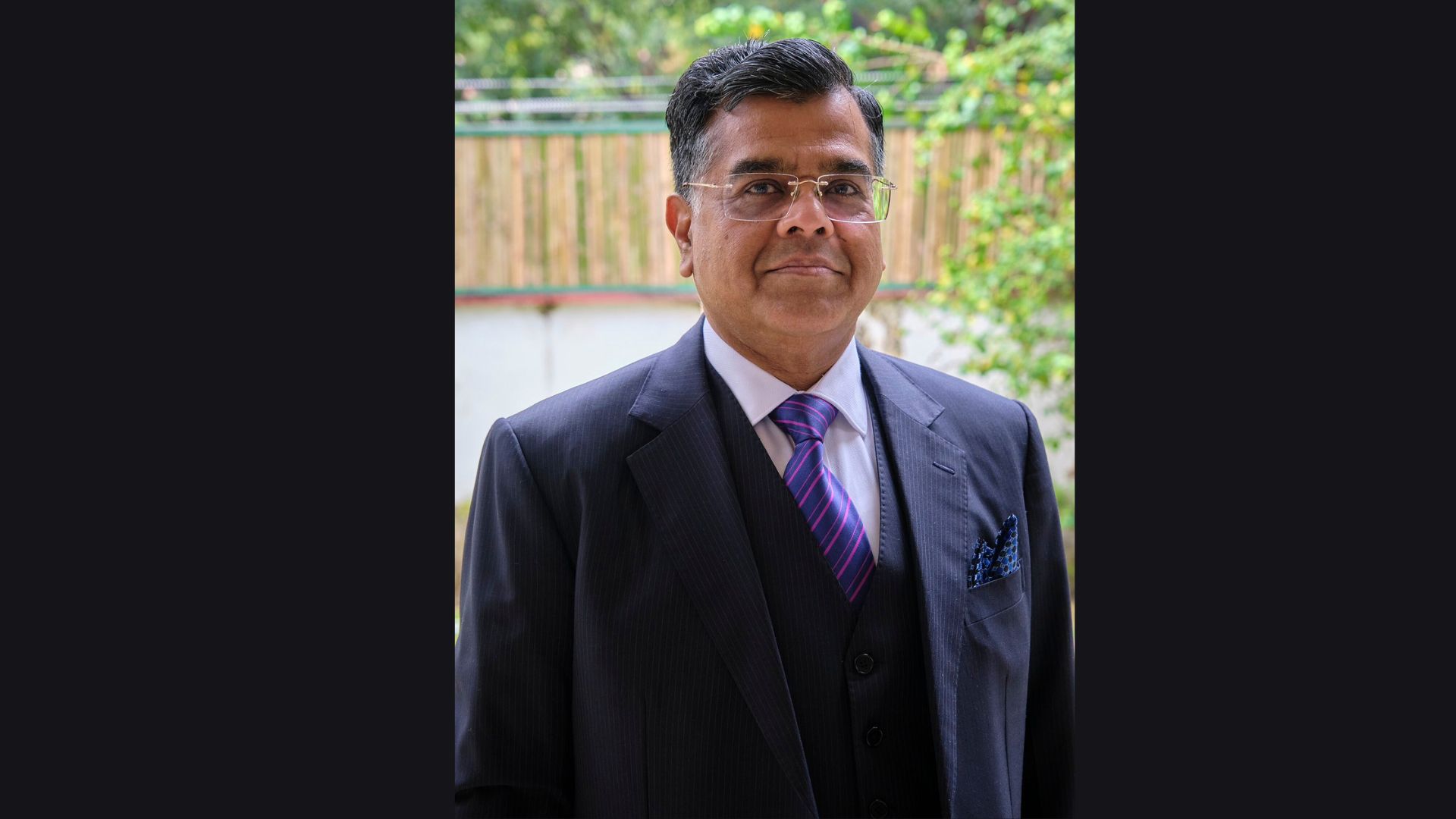
It’s interesting to see Cabinet secretary T.V. Somanathan shaking things up with the decades-old practice of sending demi-official (DO) letters. For those of us familiar with the inner workings of the Indian babudom, this is a significant move. Let’s face it — what started in 1964 as a crisp, meaningful way for secretaries to keep the Prime Minister’s Office (PMO) updated on important developments has over time become a bit of a bureaucratic relic.
Originally, these letters were brief, personal notes meant to highlight key issues. But as with many things, they morphed into lengthy, almost ritualistic documents — often bloated with unnecessary information. Instead of being insightful, they turned into mere compilations of data, losing the essence of what they were meant to achieve.
Mr Somanathan’s most recent memo is spot on. He has urged secretaries to ditch the cumbersome and laborious monthly reports and go back to the purpose of these letters, which was to provide brief updates that had real significance. He’s talking about one or two pages max, focusing on policy bottlenecks, significant pending proposals, and any other crucial issues. This isn’t just about cutting down on paperwork; it’s about making sure the communication is actually effective and actionable.
It’s also worth noting that with tools like e-Samiksha already in place, the need for these voluminous letters has clearly diminished. Mr Somanathan’s push to streamline this practice reflects a broader shift in how the government is trying to adapt to more efficient, digital-first methods.
For observers, it’s refreshing to see this pragmatic approach. This could be a small but important step towards a more responsive and effective bureaucracy.
Goa’s call for a dedicated cadre
There’s a growing call for Goa to have its own IAS, IPS, and IFS cadre — a point that Goa Forward Party (GFP) president Vijai Sardesai recently made loud and clear. And for many Goans, it makes perfect sense. Local officers understand Goa’s unique needs, culture and challenges so much better than outsiders who are often posted here for just a few months. They’d be more invested in the state’s development and more in sync with the people.
Mr Sardesai’s letter to chief minister Pramod Sawant urged him to take up this issue with the ministry of home affairs. He pointed out how Goa’s identity is defined by its language, culture, heritage, and even its legal frameworks — elements that make this state unlike any other. When officers come here on short-term assignments, they barely scratch the surface. Many don’t stick around long enough to truly understand the socio-political landscape, let alone bond with the people they’re supposed to serve.
This disconnect often leads to a lack of trust. Long-time observers have noted that some officers even come across as arrogant or indifferent, and others, worried about future postings, avoid making bold decisions that might actually benefit Goa. Mr Sardesai’s missive also reminded us that Goa has tried to create its own cadre before, but the attempts fizzled out. Now, more than ever, it feels like the right time to revisit this. A dedicated Goa cadre could streamline governance, build stronger ties between the administration and the public, and ensure that such officers are genuinely accountable to the state and its people.
Overwork or rank carelessness?
Bureaucratic missteps are making headlines more often than they should. Are babus simply careless, or is it the crushing workload pushing them into these cringe-worthy blunders? Either way, these mistakes aren’t just a personal embarrassment — they drag entire departments and governments into the spotlight.
The recent mix-up in Haryana is a prime example. In an order dated November 3, 2024, the state managed to appoint two IAS officers, Munish Sharma and Dr Jainder Singh Chillar, as deputy commissioners of Charkhi Dadri. A district with two heads? That’s not just unusual; it’s downright confusing.
Kerala wasn’t spared either, as your columnist reported earlier. On the same day, Pranabjyoti Nath (IAS: 2005: KL) was appointed by the state as chief electoral officer and by the Centre as Chief Vigilance Officer of NALCO. It seems like coordination between the state and Centre could use some serious improvement.
Then there’s Anindita Mitra (IAS: 2007: PB), who had a farewell party in Chandigarh only to be extended for three more months — after she had already reported back to Punjab. Talk about mixed signals!
The topper? The department of personnel and training (DoPT) dated an order for October 30, 2024, but mistakenly wrote November 30, 2024. A harmless typo? Perhaps, but in government documents, even minor errors can have major repercussions.
These aren’t isolated incidents. Over six months, the growing list of administrative goof-ups suggests something more than mere oversight. Maybe it’s time to cut down the workload or at least double-check before making public announcements. Mistakes are human but minimising them is key to maintaining trust.
